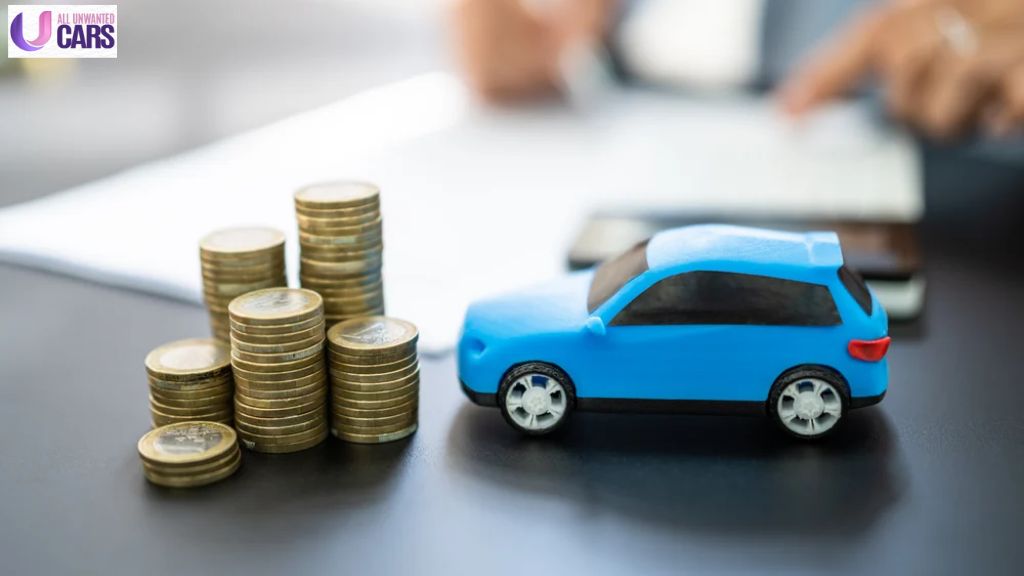Understanding the Market
Selling your car can feel like navigating a maze, but understanding the market can turn it into a walk in the park. Let’s dive into the first steps you need to take to get the most bang for your buck.
Researching Car Values
Before you list your car, you need to know what it’s worth. Websites like Kelley Blue Book and Edmunds offer tools to check the current market value of your vehicle. Enter the make, model, year, mileage, and condition of your car to get a solid estimate. This research gives you a ballpark figure, helping you set realistic expectations.
Timing Your Sale
Believe it or not, timing can influence how much you get for your car. Spring and summer are generally the best times to sell. People are more willing to buy when the weather is nice, and tax refunds often mean buyers have more cash on hand. Conversely, avoid selling during the winter holidays when people are focused on other expenses.
Preparing Your Car for Sale
A well-presented car can fetch a higher price. Here’s how to make sure your vehicle is in top shape.
Cleaning and Detailing
First impressions matter. A thorough cleaning inside and out is essential. Consider professional detailing for an extra shine. A sparkling car tells buyers you’ve taken good care of it. Vacuum the interior, wash the windows, and don’t forget to clean those hard-to-reach places.
Handling Minor Repairs
Small issues like a broken taillight or a chipped windshield can be red flags for buyers. Fixing these minor problems can make a big difference. Check the fluids, replace worn-out wiper blades, and ensure the tires are in good condition. These little touches can boost your car’s appeal.
Gathering Maintenance Records
Buyers love transparency. Providing a complete set of maintenance records builds trust and shows that the car has been well-maintained. If you’ve kept up with regular oil changes, tire rotations, and other routine services, make sure to have those documents ready.
Pricing Your Car Right
Setting the right price is crucial. Too high, and you scare buyers away. Too low, and you leave money on the table.
Setting a Competitive Price
Use the research from earlier to set a competitive price. Consider factors like mileage, condition, and any extra features your car might have. Look at similar listings in your area to gauge what others are asking. Your goal is to price your car attractively while leaving some room for negotiation.
Considering Negotiation Room
Most buyers expect to haggle. Set your initial asking price slightly higher than the amount you’re willing to accept. This strategy gives you a buffer and makes the buyer feel like they’re getting a deal when you agree to a lower price.
Creating an Effective Listing
Your listing is your pitch to potential buyers. Make it count.
Taking Quality Photos
Photos are the first thing buyers notice. Take clear, well-lit pictures from multiple angles. Highlight the exterior, interior, engine, and any special features. Good photos can make your car stand out from the competition.
Writing a Compelling Description
A good description goes beyond the basics. Be honest and detailed about your car’s history and condition. Mention any upgrades or recent maintenance. Use keywords that buyers might search for, like “well-maintained,” “low mileage,” or “one-owner.”
Choosing the Right Platforms
Different platforms attract different buyers. Listing your car on multiple sites like Craigslist, Autotrader, and Facebook Marketplace increases your chances of finding the right buyer. Each platform has its own audience, so cast a wide net.
Dealing with Potential Buyers
Now that your car is listed, it’s time to interact with buyers.
Screening Buyers
Not all inquiries are worth your time. Screen potential buyers by asking questions about their interest and ability to pay. Serious buyers will be upfront and responsive. Be wary of lowball offers or buyers who seem indecisive.
Negotiating Offers
Negotiation is an art. Be prepared to counter offers and stand firm on your minimum acceptable price. Highlight the positives of your car and the fair market value to justify your asking price. Stay calm and patient, and don’t be afraid to walk away if the offer is too low.
Handling Test Drives
Test drives are a must for serious buyers. Choose a safe, public place to meet and go along for the ride. Have your insurance and registration handy, and let the buyer get a feel for the car. Answer any questions they have honestly and confidently.
Finalizing the Sale
Closing the deal requires attention to detail.
Completing the Paperwork
Ensure all necessary documents are ready, including the title, bill of sale, and any state-specific forms. Check your local DMV’s website for specific requirements. Proper paperwork prevents legal issues down the road.
Securing Payment
Accepting payment can be tricky. Cash is king, but cashier’s checks and bank transfers are also safe options. Verify the funds before handing over the keys. Avoid personal checks or payment plans, as they carry more risk.
Canceling Your Insurance
Once the sale is complete, don’t forget to cancel your insurance. Contact your provider to inform them of the sale. This step saves you money and prevents any liability if the new owner gets into an accident.
Avoiding Common Mistakes
Even the savviest sellers can slip up. Here’s how to steer clear of common pitfalls.
Overpricing the Car
It’s tempting to aim high, but an overpriced car can sit unsold for months. Be realistic and competitive. Use your research and be willing to adjust your price if needed.
Ignoring Minor Issues
Small problems can turn buyers away. Address minor repairs before listing your car. This effort shows buyers you’ve maintained the car well and it’s worth the asking price.
Being Unprepared for Negotiations
Negotiation is inevitable. Know your car’s value and be ready to defend it. Practice your negotiation skills and have a clear minimum price in mind.
Conclusion
Selling your car for the best price requires preparation, research, and a bit of strategy. By understanding the market, preparing your car, pricing it right, and handling buyers effectively, you can maximize your profits and enjoy a smooth selling process. Remember, every step you take adds value and helps you get the most out of your vehicle.
FAQs
1. How do I determine the best price for my car?
A: Research online tools like Kelley Blue Book, compare similar listings in your area, and consider your car’s condition and mileage.
2. What should I include in my car listing description?
A: Include details about the car’s history, condition, any upgrades, and recent maintenance. Use keywords that buyers are likely to search for.
3. Should I accept the first offer I get?
A: Not necessarily. It’s often worth waiting for a few offers to ensure you get the best price. Be prepared to negotiate.
4. How can I safely handle test drives with potential buyers?
A: Meet in a public place, go along for the ride, and have your insurance and registration ready. Verify the buyer’s identity before the test drive.
5. What payment methods are safest when selling a car?
A: Cash, cashier’s checks, and bank transfers are safe options. Always verify the funds before handing over the keys.
Written by: All Unwanted Cars



